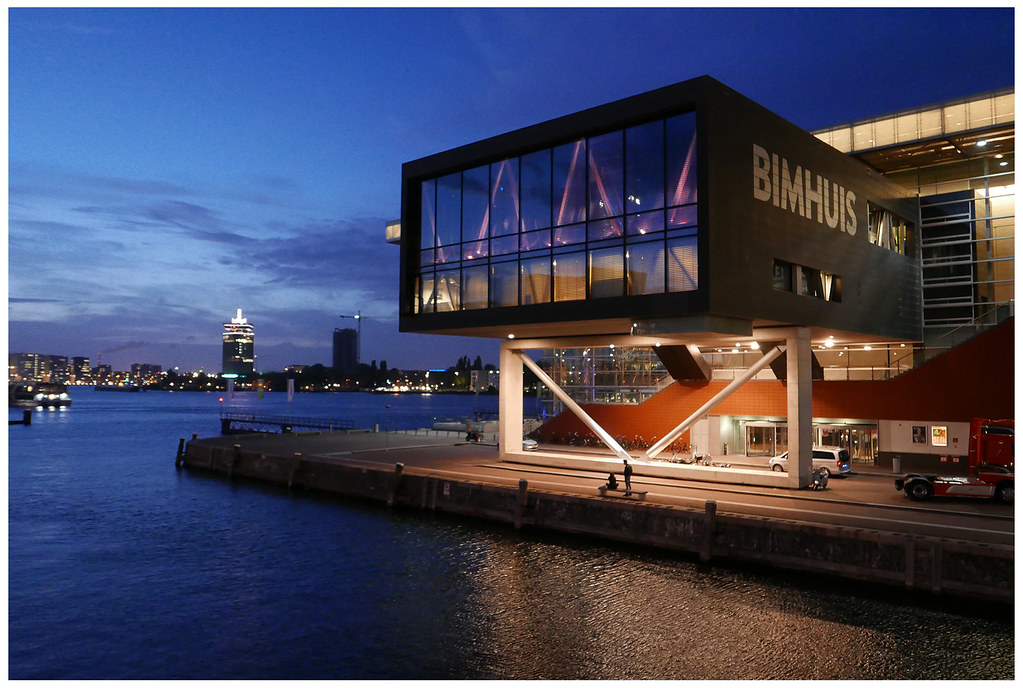Seminar Blogs
“Jazz and Academia” – Hymke Theunissen

In the latest TiM seminar, “Designing for Serendipity”, the research group SILT introduced us to their self-built virtual museum, centered around the theme of Serendipity – the unexpected moment of discovery that happens when looking for something else (Darbellay et al. 2014, 2). The museum was divided into thematically curated rooms. In the green room, I met with fellow visitors of the museum, and we had a discussion about randomness and intentionality. Based on the artwork shown in the museum – a video of Karel Appel and his painting process – we wondered what the connections are between creativity, randomness and purpose.
From painting, our discussion moved to music, specifically improvisational jazz. I was taken back to the many Tuesday nights I had spent at the Bimhuis in Amsterdam, listening to a jazz improvisation workshop led by Arnold Dooyeweerd, bass player and teacher at the Amsterdam University of the Arts. This workshop is based on full improvisation. Jazz standards are forbidden and there are no arrangements made before the musicians step on stage.
From these sessions I have learned that what might seem random, is actually a guided process; the musicians on stage are not making sounds because they feel like it, they are in constant interaction with the other musicians. The entire process of improvisation is a continuous back and forth between the musicians, sometimes playing together, sometimes departing, but always listening and responding. This is why as a listener, you can hear when it goes ‘wrong’ – when several musicians are clearly steering the song in a certain direction, but another musician sticks to their own development and does not respond adequately and you can hear the music losing its orientation. The subtle progression that was building up has not been reciprocated, and the moment falls apart.
I see a connection between the creativity in the process of improvisation and the creativity of doing academic research. In academia, one can see the research process as developing linearly. But, as Darbellay, Moody, Sedooka and Steffen (2014) note, this would render the “unexpected” to be perceived as a failure, a hiccup within the progressing line, that would require us to start anew. To more productively account for the “unexpected”, the authors propose a different way of understanding the research process: instead of seeing something unexpected as a disruption, we could consider it as a new possibility that we can explore (2014, 6).
Just like jazz music, doing research requires us to listen, to respond to what the process is telling us. If there is an unexpected encounter within the process, be this a musical progression that one wasn’t anticipating on, or a point within doing research that asks for different approaches or concepts, we should acknowledge this moment, and respond to it. This does not mean that the development of the process is interrupted, it merely shows that a new direction is waiting to be explored.
References:
- Darbellay, Frédéric, Zoe Moody, Ayuko Sedooka and Gabriela Steffen. 2014. “Interdisciplinary Research Boosted by Serendipity.” Creativity Research Journal 26 (1): 1-10.
*Image credits: “Bimhuis” by Christoph Schrief is licensed under CC BY-NC-SA 2.0

